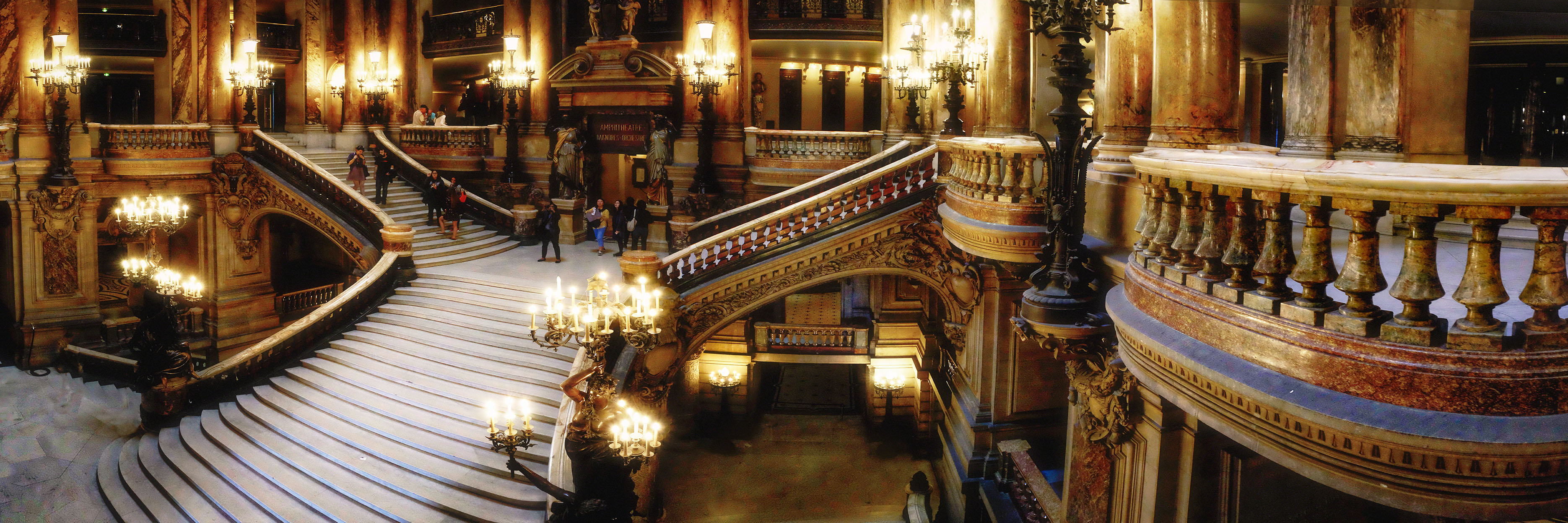
“The Queen of the Night” (Houghton Mifflin Harcourt), Alexander Chee’s second novel, fifteen years in the making, is a sort of postmodern bodice ripper. She died in poverty, almost forgotten, except for a certain statue.Alexander Chee’s second novel is operatic both in content and in style. Marie was never to be offered a permanent contract, and like many before and after, she was compelled to supplement her tiny income by prostitution. Marie’s background was archetypal of a “little rat.” Born into poverty, Marie and her sister - with the encouragement of their mother - joined the Paris Opera dance school. In the meantime Degas had discovered Marie Van Goetham. (Later in 1907, Henri Christiani wrote Petit Rats, the cover depicting very young ballet dancers performing in front of a large, ugly, overpowering gentleman in the ubiquitous top hat. The tableau was so successful to the public that it remained on display for 11 more years. Indeed the Musée Grevin, Paris’s famous wax museum, constructed a tableau of the Foyer de Dance in 1890 showing the The Abonnés being entertained by the young dancers. What was blatantly going on behind the scenes of this iconic building was hardly a secret in Paris and beyond. (Emilie Dupré, a dancer from the countryside, was found to be so enchanting that her lovers included the Duc de Mazarin, Duc Louis II de Melun and the regent Phillipe d’Orleans.) In the eyes of the world, she would still be considered a prostitute first and an artiste second. For the rare ballerina who had no need of an a bonné to support her, she was still tarred with the same brush. Like many famous courtesans, the benevolence of their benefactor was no guarantee of escaping a return to poverty when their beauty or attractions deserted them. Many ballerinas were trained in the mores of the upper classes, enabling them to mimic their aristocratic providers and become successful courtesans, often to more than one man. The dancers were well aware that the patronage of a powerful man could not only change their lives financially, but also influence the roles they were given in the ballet and their continued employment. It was their money that underwrote the Paris Opera, their subscriptions that kept the Paris Opera afloat. The influence of these affluent patrons and aristocrats can not be underestimated. Mademoiselle Taglioni poses in dance clothing with her left leg extended, Bernard Mulrenin, Victoria and Albert Museum, Public Domain Indeed, the availability of these young (sometimes very young) women was factored into the design of the Opera House. The dancer Marie Taglioni not only went en pointe, feminizing ballet once and for all, but she also shortened her tutu, scandalizing society.Īlmost every ballerina who followed Taglioni would suffer exploitation on an industrial scale by men who considered “les petits rats,” as they were called, fair game favors could be bartered and bought in exchange for their patronage. By the early 19th century, women had been emboldened to join the ballet. Then called the Académie Royale de Danse, the performances were usually held in the French court, and usually performed by male dancers.
With rare paris opera pulls professional#
The Paris Opera Ballet had been founded in 1669 by King Louis XIV and was the world’s first professional ballet company.

The staggeringly opulent exterior and interior of the new Paris Opera was housing something putrid at its core. The pitiless truth of the Foyer de la Danse was that this backstage was not a warm-up area for the ballerinas, but functioned as an upper-class meat market.Įdgar Degas: Le Foyer de la danse à l’Opéra de la rue Le Peletier, Musée d’Orsay, Public Domain For in fact, to all intents and purposes, the Foyer de la Danse was little more than a brothel. The artist’s beautiful paintings, seemingly tender and evocative, belied a squalid reality behind the scenes that Degas was well aware of and observed first hand. It was movement and realism that he wanted to capture.


Degas had little interest in the ballet itself. The 1500 or more works that Edgar Degas produced of Paris Opera ballerinas in the 19th century showed the artist’s unremitting obsession with the dancers.


 0 kommentar(er)
0 kommentar(er)
